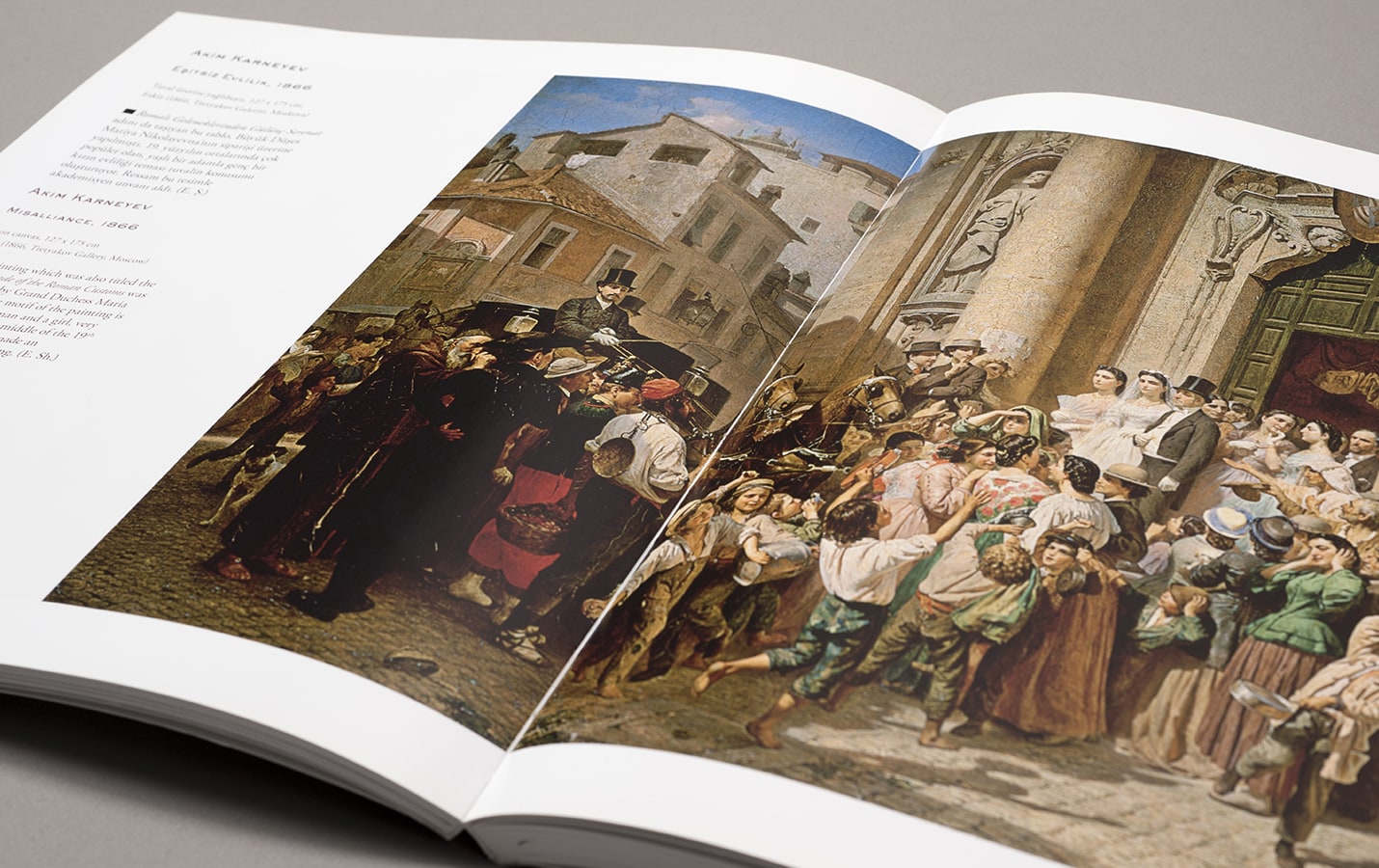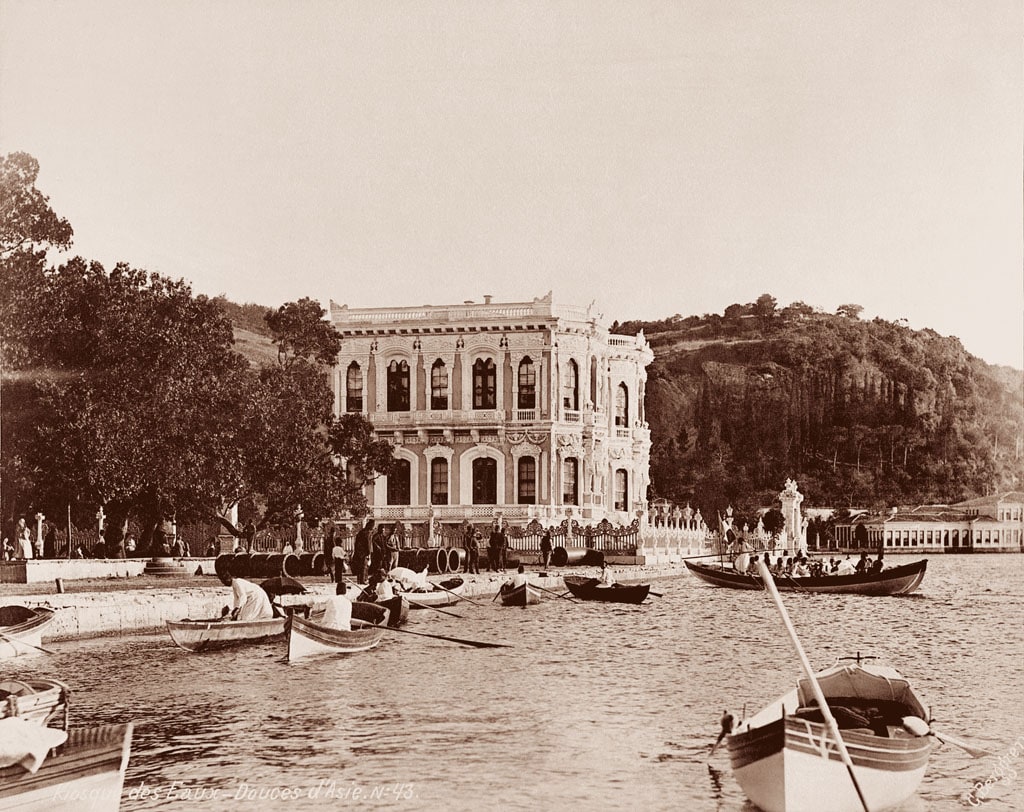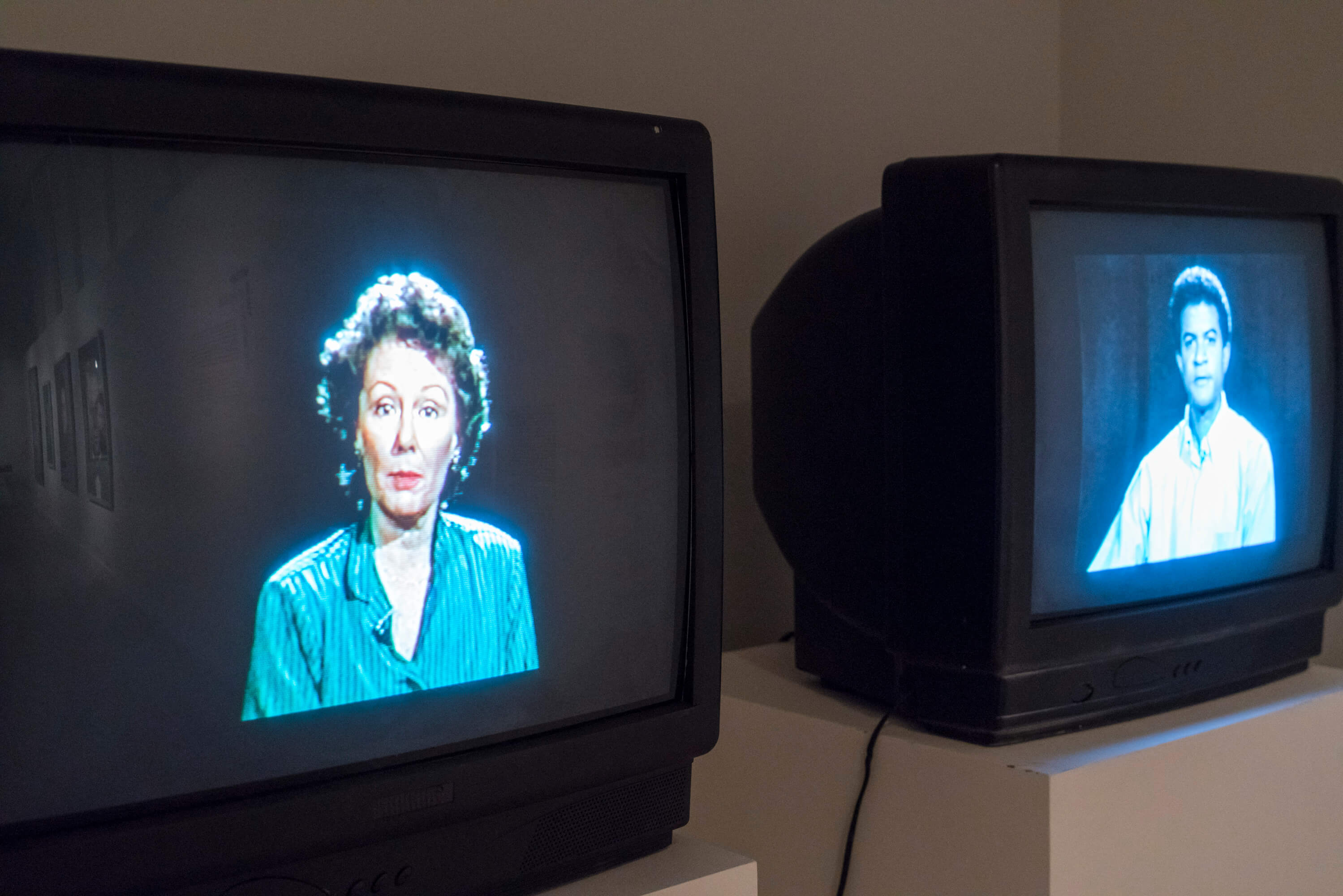November 4, 2010 - March 20, 2011
Scenes from Tsarist Russia: 19th Century Russian Classics from the State Russian Museum Collection, not only presented art lovers with a selection of masterpieces being displayed for the first time in Turkey, but also offered scenes of Russian history through Russian Realist paintings.
The masterpieces from the rich collection from the State Russian Museum in St. Petersburg reflected every aspect of life including labour and poverty, the world of children, public festivals, war and death, scenes from bourgeois life, and revolution.
In literature, music, and fine arts, the ""Russian spirit"" is depicted as a world of emotions in which love, sorrow, and death run rampant. After the 1860s, Realist conventions came to dominate the genre scenes. Progressive artists of Russia began portraying the fundamental problems of the period such as social injustice, serfdom (until 1861, peasants were considered as property of landowners in Russia), child labor, subjugation of women, and poverty. Daily life hence became a point of interest in art.
In the 1870s and particularly after the 1880s, a more positive attitude came into view; the artists gradually diverged from depicting painful worlds. The public was no longer the victim, but a powerful subject. A tendency to poeticize folklore, as well as the public perception of nature and the universe began to emerge. Social problems were addressed in their entirety; analysis replaced condemnation. The exhibition, which included artists from Repin to Makovsky, Yaroshenko to Shishkin along with many others, presented not only Russia of the period with all its different aspects, but with its themes and characters the exhibition offered audiences a unique experience, one similar to reading the works of the great Russian writers such as Nikolai Gogol and Fyodor Dostoevsky.
Artists: Abraham Arhipov, Nikolai Bogdanov-Belsky, Nikolai Dmitriyev-Orenburgsky, Ivan Endogurov, Pavel Fedotov, Firs Zhuravlev, Akim Karneyev, Nikolay Kasatkin, Alexei Korzukhin, Nikolai Koshelev, Ivan Kramskoi, Arkhip Kuindzhi, Nikolai Kuznetsov, Carl Lemokh, Konstantin Makovsky, Vladimir Makovsky, Vasily Maximov, Alexander Morozov, Grigory Myasoyedov, Mikhail Nesterov, Ivan Pelevin, Vasily Perov, A. Popov, Ilya Repin, Konstantin Savitsky, Alexei Savrasov, Grigory Sedov, Valentin Serov, Leonid Solomatkin, Vasily Surikov, Nikolai Sverchkov, Ivan Shishkin, Alexei Venetsianov, Valery Jacobi, Nikolai Yaroshenko, Kapiton Zelentsov
Exhibition Catalogue

Scenes from Tsarist Russia: 19th Century Russian Classics from the State Russian Museum Collection, presented masterpieces from the rich collection of the State Russian Museum in St....

Berggren acquires the techniques of photography in Berlin and holds different jobs in various European cities before arriving in İstanbul. Initially en route to Marseille, he disembarks from his ship in 1866 and settles in İstanbul, where he is to spend the rest of his life.

The exhibition Look at Me! Portraits and Other Fictions from the ”la Caixa” Contemporary Art Collection examines portraiture, one of the oldest artistic genres, through a significant number of works of our times. Through the exhibition we will be sharing about the artists and sections in Look At Me!.
Tuesday - Saturday 10:00 - 19:00
Friday 10:00 - 22:00
Sunday 12:00 - 18:00
The museum is closed on Mondays.
On Wednesdays, the students can
visit the museum free of admission.
Full ticket: 300 TL
Discounted: 150 TL
Groups: 200 TL (minimum 10 people)